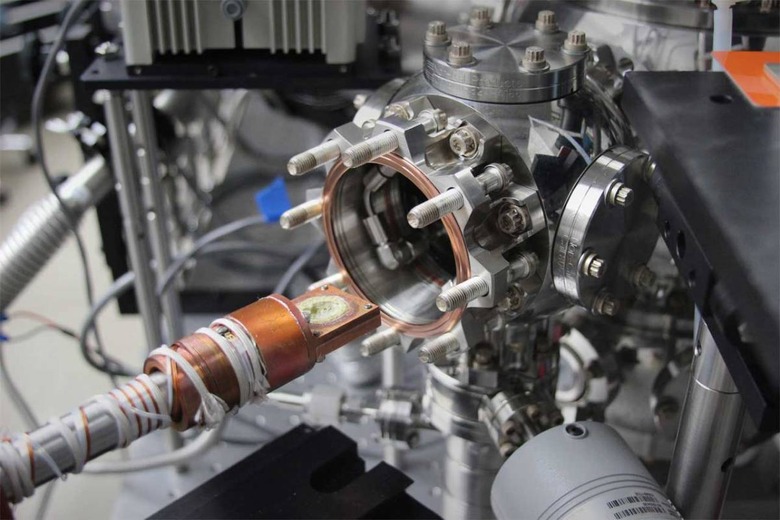Researchers Say Yellow Substance On Europa's Surface Is Likely Table Salt
NASA scientists at JPL have made an important discovery about the icy moon of Jupiter called Europa. Scientists have long known about the yellowish discolorations on the surface of Europa, but it was unclear precisely what the material was. The team has now used new data to determine that the yellowish discoloration on the surface of Europa is common sodium chloride or table salt.
Sodium chloride is a principal component of sea salt as well. The abundance of salt on the surface of Europa suggests that the salty subsurface ocean of the planet may be closer in chemical makeup to Earth's oceans than previously thought. That discovery challenges decades of assumptions about the composition of the water under the icy surface of Europa.
Flybys of Europa by Voyager and Galileo spacecraft have led the scientists to conclude that Europa is covered by a layer of salty liquid water that is encased in an icy shell. Galileo carried an infrared spectrometer onboard and found water ice and a substance that appeared to be magnesium sulfate salts.
The speculation was that salts on the surface of Europa came from the oceans below the surface. Scientists say that no one had taken visible-wavelength spectra of Europa until the team viewed higher spectral resolution data from the W.M. Keck Observatory in Hawaii that suggested the team wasn't seeing magnesium sulfates on Europa. The team says that the higher-quality Keck data should have had visible sulfate salts, but the spectra of regions expected to reflect the internal composition lacked any characteristic sulfate absorptions.

The team said they thought they could be seeing sodium chlorides, which are essentially featureless in an infrared spectrum. Scientist Kevin Hand had used sample ocean salts that had been bombarded by radiation in a lab under Europa-like conditions and found that several new and distinct features surfaced in sodium chloride after irradiation. Namely, the sodium chloride turned a shade of yellow similar to that in the younger region of Europa called Tara Regio. Further investigation is planned.
